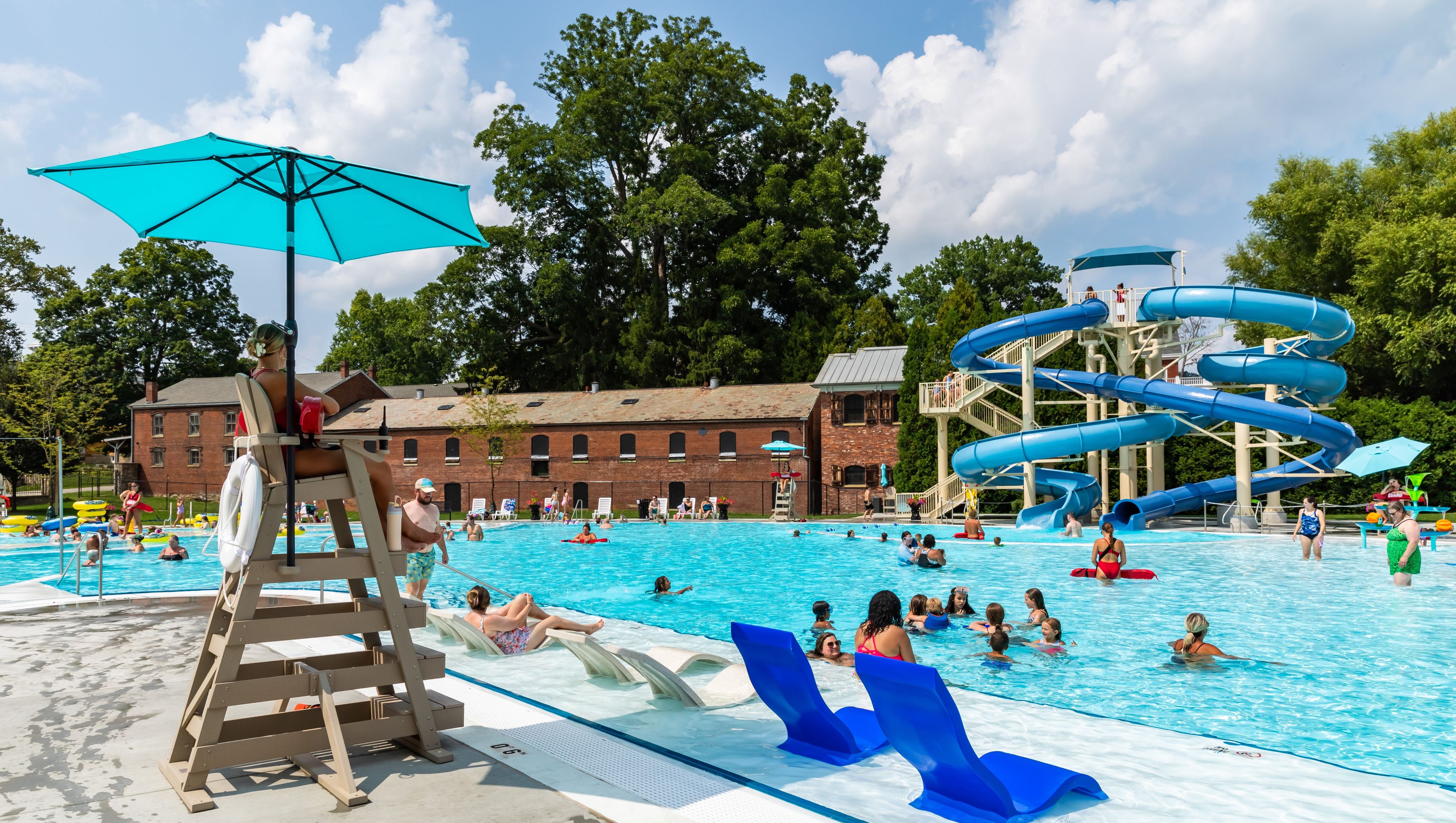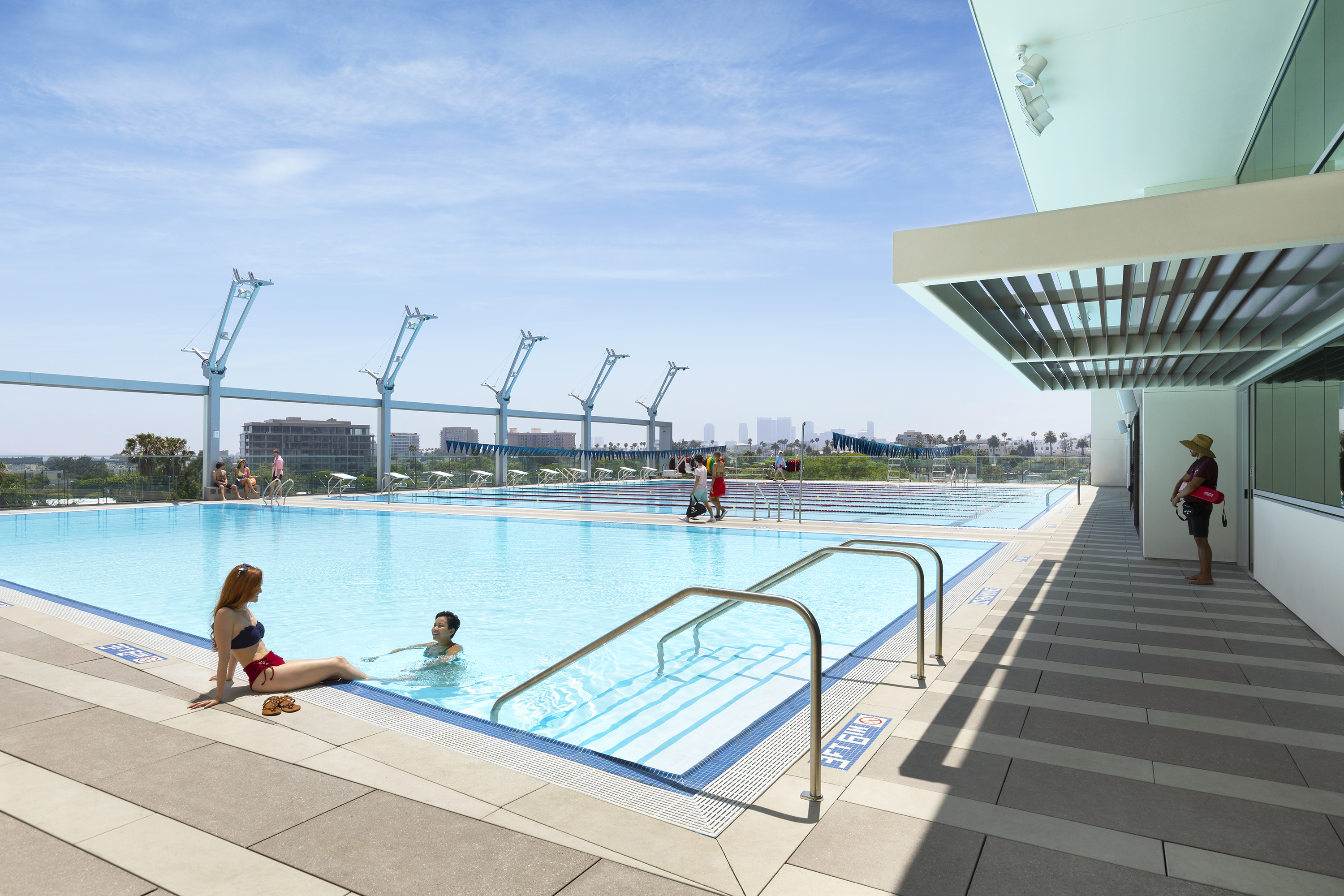DESIGNERS
Dieter Werner
Katajun Reise
Erik Reise
Kubiko International Design
Nicoya Peninsula, Costa Rica
Kim Trecfer
The Pool Store
Liberia, Costa Rica
Organically Formed
Though the property had plenty of space, only a small portion of it had been graded for a residence. Because of this, the pool had to be placed on a lower level than the home. “The challenge was to bridge that gap between the top [level] and the lower area of the pool,” said Katajun Reise. The designers accomplished this by placing the spa higher than the pool and filling the area with dense plants. Local species such as palm and banana trees and ginger helped create a jungle-like atmosphere.
The pool’s organic look matched the environment. “All the forms are organic and very round,” Reise says. “There’s nothing straight.” The lagoon pool is long and narrow and drawn to hug the natural bends of the property. “We tried to make it wrap the way that it would naturally fit around the mountain,” Reise says. “We didn’t cut anymore into the mountain. We didn’t straighten any lines, we didn’t take any trees out, we didn’t take any earth out. We just kept it the way it was. And we made the pool fit the area instead of making the area fit the pool. It was very important for us not to change any of the landscaping that was already there.”
It was a fitting last project for Werner, who provided the main concept and passed away last year. “My father, Deiter Werner, was amazing,” Reise says. “He was a very free-spirited person, and everything he did was very organic and with nature. For example, his business cards were little pebbles and sticks that he found in the jungle and wrote his name and telephone number on. So making this very free-flowing pool was all his idea, and his thought was not to interrupt nature but to work with it.”
Perfect Frame
The vanishing edge was designed with great care. “We have small boulders placed on either side so it looks like the water is spilling over between the rocks,” Reise says. The stones also frame the view. The interior is finished with light green, 15-by-15-centimeter Balinese stone, and Erik Reise designed the tile in a radial pattern to provide a sense of motion. The coping is made from sukabumi, an Indonesian stone that is also green but slightly darker than the interior tile.
A Space in the Jungle
To add shade, the team created a covered deck made of Cortez wood, a material is known for its durability in all kinds of weather. The planks were placed about ¼ inch apart to allow drainage. “We like it more than tile because it’s friendlier on the feet,” Reise says. “It’s not as cold. And having a wooden deck gives a softness to the stone.”
The pergola was constructed of locally cut bamboo spaced far enough apart to allow some sunlight and drainage. Not only does the repetition of parallel lines inject a strong design element into the landscape, but the spacing provides shade that’s appropriate to the area. “If the sun is higher, the light goes directly through the top, so you have little shade,” Reise says. “When the sun is deeper, that’s when we have the most shade. Right before the sun sets is the hottest time of the day here, and that’s when the pergola gets the most shade.”
Metal structures support both the deck and pergola. “It’s nice to have the wood look, but you also have the durability of the metal underneath,” Reise says.



